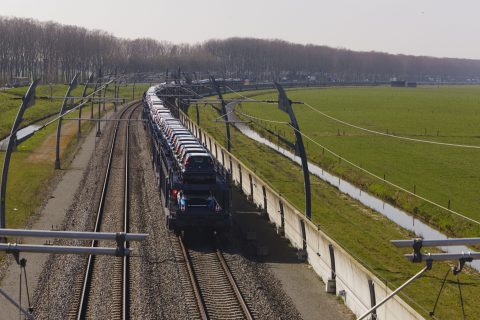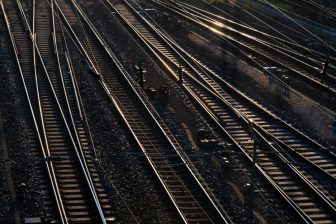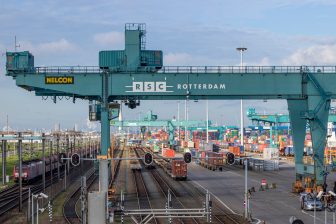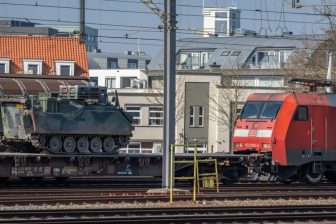
Northern branch of Betuwe route essential for Dutch rail freight
Nederland, Rotterdam, 2011 Foto; Freek van Arkel/Hollandse Hoogte
Public transport needs to become more resilient in the coming years. For the Dutch rail freight sector, the central issue is making a choice regarding the routing of goods trains from Rotterdam to North-East Europe. The Dutch State Secretary of Infrastructure and Water Management, Stientje van Veldhoven, set out a roadmap to this end in the Development Agenda for the Future of Public Transport.
Do you want to read the full article?
Thank you for visiting RailFreight.com. Become a member of RailFreight Premium and get full access to all our premium content.
Are you already a member?
Having problems logging in? Call +31(0)10 280 1000 or send an email to customerdesk@promedia.nl.





